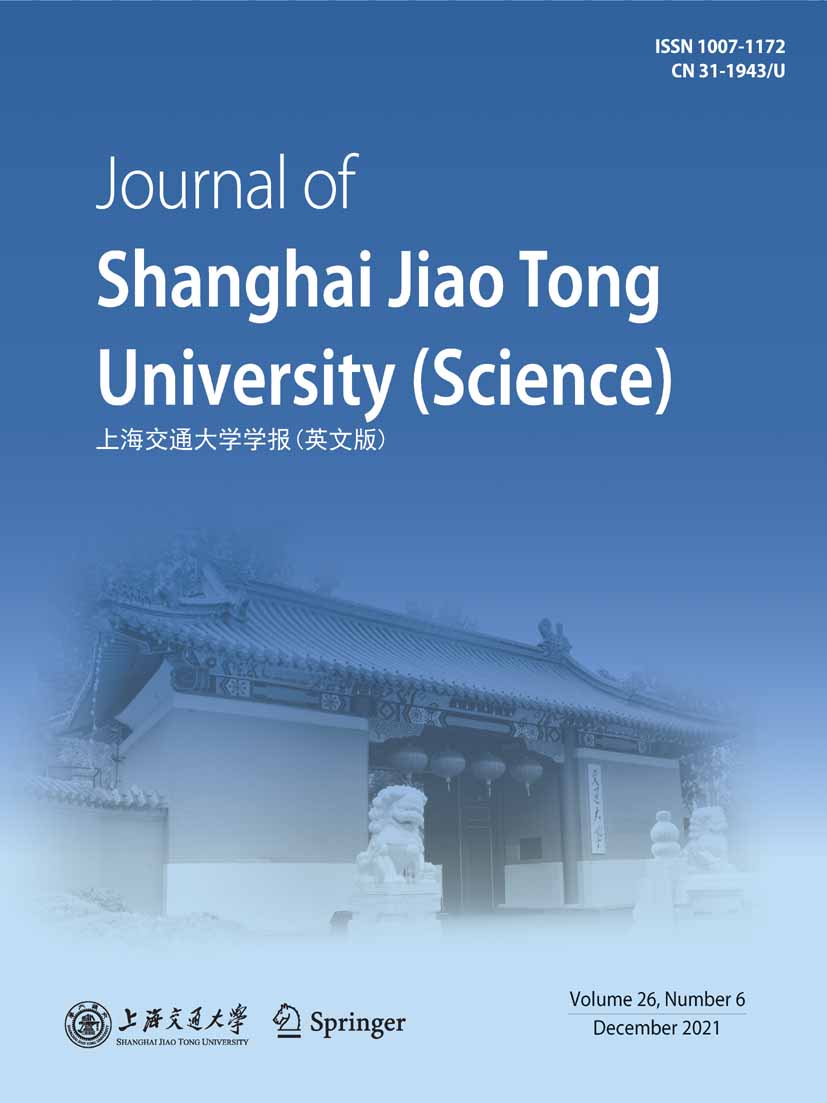|
|
Notched Component Fatigue Life Prediction in Torsional Loading
LIU Jianhui (刘俭辉), L ¨U Xin (吕鑫), WEI Yaobing∗ (韦尧兵),ZHANG Rupeng (张如鹏), ZHANG Yonggui (张永贵)
2021, 26 (6):
813-818.
doi: 10.1007/s12204-020-2247-3
Considering the situation that fatigue life prediction of notched component is an indispensable partin the process of design in engineering, it is necessary to find some ways to solve such problems effectively. Thestress and strain state of notched specimen is more complex, compared with smooth specimen. As a result, someresearchers take advantage of the finite element method to analyze the mechanical properties of these kind ofspecimens, they can get the stress and strain state at the dangerous point directly instead of using theoreticalmethods. At the same time, the equation of shear stress is fitted by analyzing stress distribution of the section ofnotch root. The integral of shear stress in the section is equal to the external load, and the true stress value ofnotch root is derived. Then, the fatigue damage evolution equation of notched specimens under torsional load isproposed based on the closed-form solution in this paper. Meanwhile, the nonlinear fatigue life prediction model ofnotched specimens under the torsional load is given by using the damage mechanics theory. The proposed modelis validated by experimental data (30CrMnSiNi2A steel and 45# steel). The results show that the predicted lifeis not only close to the experimental results, but also tends to be safe. The fatigue life of notched specimen ispredicted by using notch geometric parameters and material constants. The model has more concise calculationprocess, avoids complicated fatigue tests, and facilitates engineering application.
References |
Related Articles |
Metrics
|

